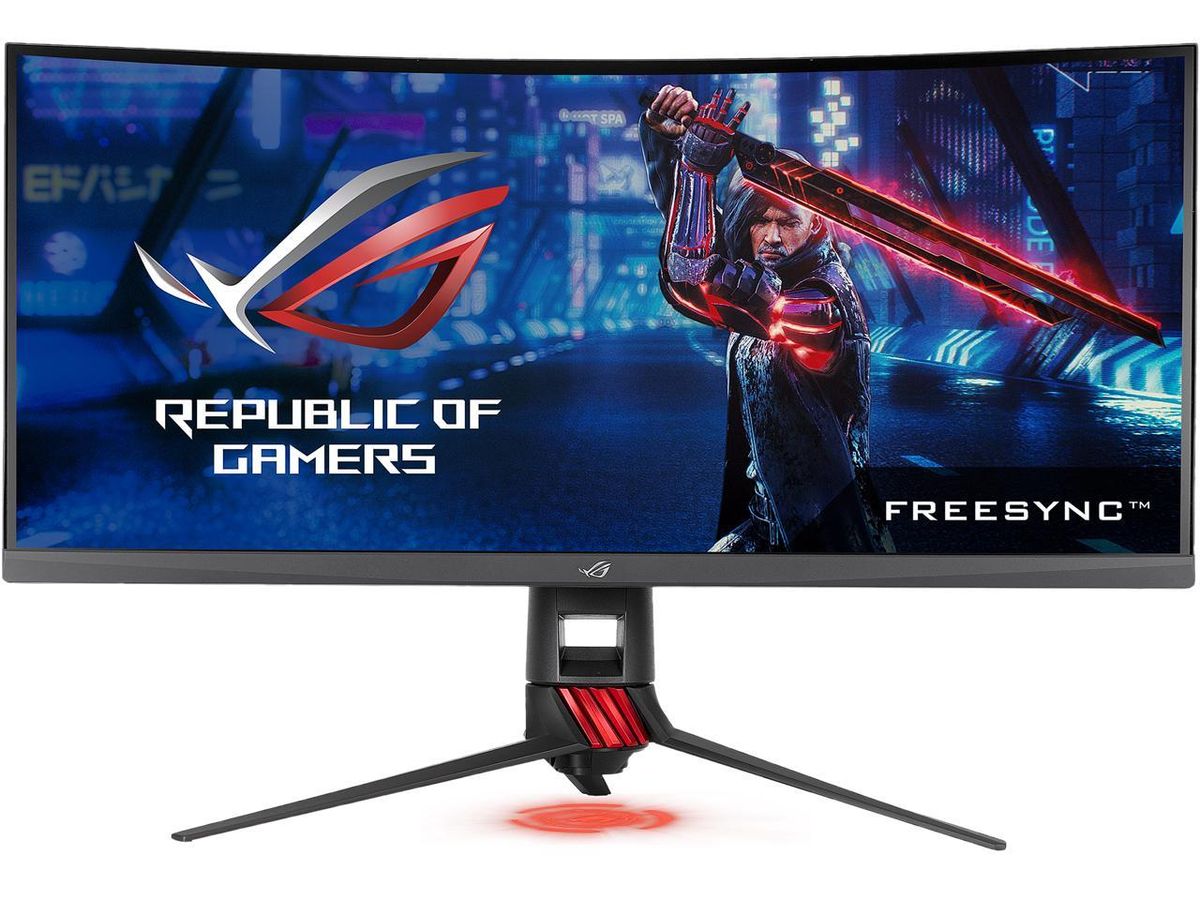

- #Asus hardware monitor drivers
- #Asus hardware monitor driver
- #Asus hardware monitor manual
- #Asus hardware monitor full
- #Asus hardware monitor Pc
Anyway, I bought this screen because I wanted a bigger screen. After a looong search and tries of different versions of drivers, I ended up restoring the system back to a day before and that solved then the problem of oversizing. After that I had the same sizing problems as you had.
#Asus hardware monitor drivers
In july this year I updated the drivers of the card. With the drivers of last year october!! I had perfect view on the Samsung.
#Asus hardware monitor Pc
I connect my pc with hdmi and I have a ATI 5850HD card. I purchased exactly the same screen today, Asus 27T1E.


Upgrading computer under money and parts limit.CrystalDiskInfo – cutting edge drive information tool.Open Hardware Monitor – quick efficient PC health check.Adjust brightness and contrast on TFT display.Monitor Asset Manager (MonInfo) – display info tool.
#Asus hardware monitor full
Many generic LCD TVs are actually better adapted to be used in that way, even without being marketed for it.Īside from that what you get is large full HD display (with TV tuner on top) with good image quality for moderate price. OverallĪsus did absolutely horrible job of adapting LCD TV to the role of PC display. Trialing it on, so far so good.ĭon’t really need TV part, I’d actually prefer TV-less MT276H model, but it doesn’t seem to be sold around here. Was also going to adjust contrast and brightness but came upon ASUS Smart Contrast Ratio (ASCR) in display menu that controls those automagically by analyzing current input in real time. Volume controls are conveniently on top of display and there is headphones output on the right side (sadly no microphone one).įor calibration I tweaked colors in NVIDIA control panel wizard. Excellent for browsing and coding, gorgeous for video.Ģx 7W speakers are decent (not worse than generic speakers I had for like ten years) and deliver more volume than usual for integrated in display. First impressionsĪside from some hours of dealing with crazy overscan issues display is actually very nice.Ģ7” screen size is very spacious. Luckily my (now deprecated) speakers had such cable, which I promptly looted and got both video and sound working properly at the same time.
#Asus hardware monitor manual
I went through manual and according to it for HDMI transmitted without audio you are supposed to use separate RCA audio input instead of 3.5mm one.
#Asus hardware monitor driver
So video card driver refuses to send digital audio and display refuses to listen to analog audio. bad that display ignores that input when connected by HDMI and Asus didn’t bother to implement option to control this behavior.good that display has regular analog 3.5mm audio input.video card drivers see no point in transmitting sound to incapable device over HDMI.among other things that parts contains information that display is audio-capable.fix had disabled part of extended information about display.This fixed resolution for me… But display went mute. Windows display id (after \Video\) is unique to OS installation and first four bytes of hex stuff ( 04,69,f4,27) are hardware id for specific display, unique to 27T1E model. There are several methods, this thread on NVIDIA forums is most extensive I found on topic. So if we override extra part then driver stops over thinking situation and simply serves straight HD. Display reports extended display identification data (EDID) with some extras that confuse video driver. Many Internet pages and arcane tutorials later I had decent understanding of issue and possible fix. explain to display that it needs to treat input signal as one from dumb computer… which Asus didn’t bother to implement.explain video card drivers that it is not a generic TV on other end and it needs to serve PC signal… which you can’t do with NVIDIA drivers.So to simply fix overscan you either need to: NVIDIA driver thinks that it is generic TV and formats signal for one.display identifies itself as TV-like (which it is).When connected through HDMI native resolution was horribly distorted and larger than screen. It turned out Asus was being lazy with their product, NVIDIA was being lazy with their drivers and then they met at my desk. I thought it’s probably nothing I can’t solve… And I stayed solving that till 3AM yesterday. Researching before purchase I came up on several mentions that there are issues with native resolution of 1920x1080 when using HDMI. Since I was going to use HDMI anyway I didn’t brood much over DVI. Note that there is no DVI or DisplayPort. Model has extensive set of inputs, but strange one for a PC display: Essentially TV monitor series are TV units (with analog+digital tuner) that are marketed for use as computer displays.


 0 kommentar(er)
0 kommentar(er)
